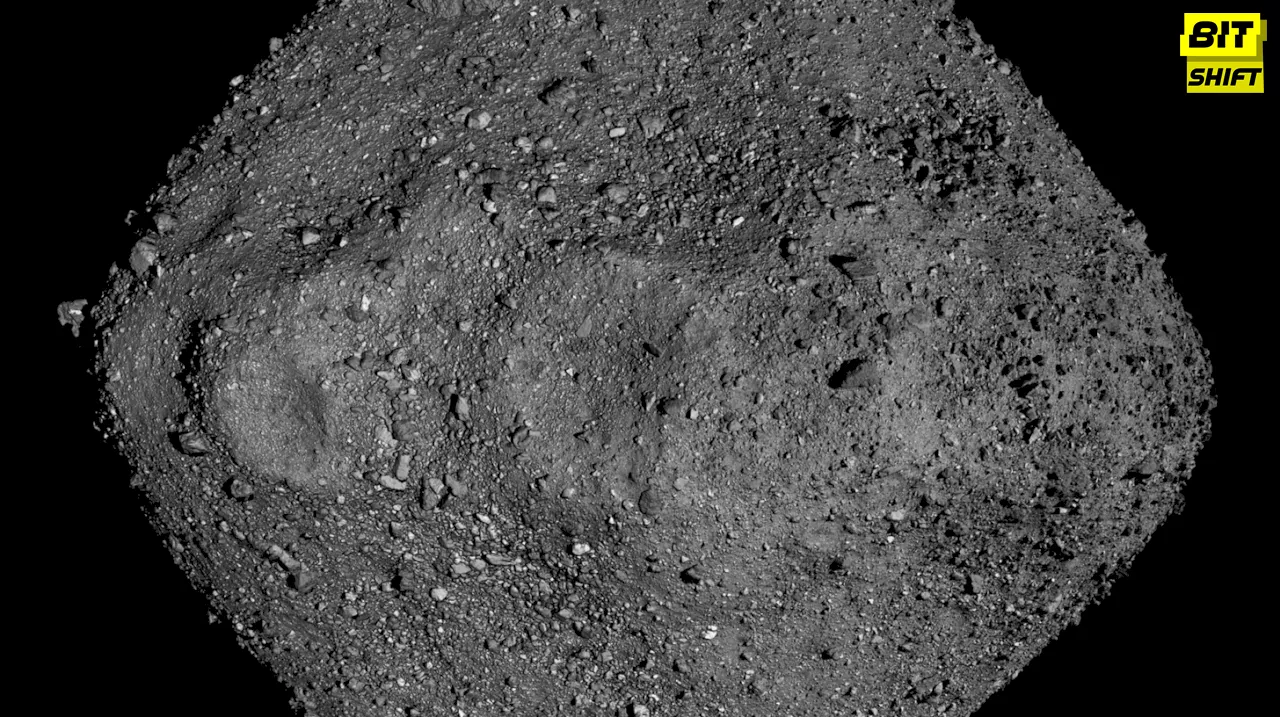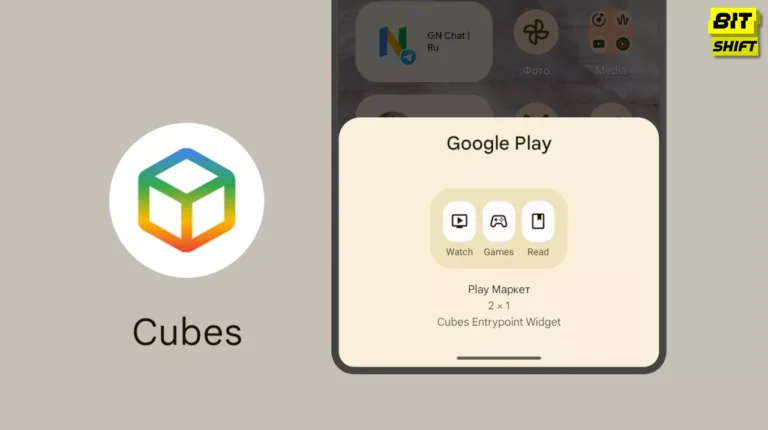
Summary
A sample of dust and granules from the Bennu asteroid, a 4.6 billion-year-old relic from the dawn of the solar system, has arrived at the Natural History Museum in London. This sample promises to unlock secrets about our cosmic origins, the formation of the solar system, and, potentially, the role of asteroids in delivering water to Earth.
A sample resembling a teaspoon’s worth of dark dust and granules scooped from the Bennu asteroid has arrived at the Natural History Museum in London. The sample, originating from an asteroid 200 million miles from Earth, promises to revolutionize our understanding of the solar system and its formation.
“It’s amazing. It’s like a little treasure trove that takes us back to the start of the solar system,”
said Dr Ashley King, a planetary scientist who will be studying the grains at the museum. King anticipated getting hands-on with the samples, looking forward to the revelations they may hold about the early solar system.
NASA’s Osiris-Rex mission, which stopped at the Bennu asteroid in 2020 and returned samples to Earth in September, made this scientific discovery possible. As part of the mission, the spacecraft briefly touched on Bennu, an asteroid with a 1-in-1,750 chance of colliding with Earth in the next 300 years, gathering over 60g of untouched material. This collection represents the most significant amount of material brought back from space since the Apollo program.
Unlocking the Secrets of Bennu Asteroid
Preliminary analyses by NASA researchers indicate that chunks of the asteroid are rich in carbon and water, with some of the carbon tied up in organic compounds. Scientists expect to study the samples for decades to understand how the solar system formed and whether asteroids significantly delivered substantial amounts of water to Earth and other planets.
One critical area of research will be to analyze hydrogen isotopes in the water found in Bennu to see if any of them match those found in Earth’s oceans. This study could provide critical insights into our cosmic origins and the early development of our planet.
Beyond these questions, the research also addresses more existential matters, such as how to deflect or destroy asteroids that pose a potential threat to Earth. Although Bennu is far smaller than the six-mile-wide asteroid that caused the extinction of the dinosaurs, it could still cause immense damage if it were to strike Earth.
Non-Destructive Tests and Research
The first two years of research at the Natural History Museum will focus on non-destructive tests, such as X-ray diffraction and electron microscopy. These techniques will enable researchers to learn about Bennu’s mineral composition and structure. The largest grains in the sample are millimeters wide, while the smallest are dust particles.
“It doesn’t sound like a lot of material, but it’s plenty to work with,” assured King. The Natural History Museum, home to one of the world’s leading meteorite collections, has a team well-experienced in handling small amounts of precious materials from outer space.
Unlike meteorites baked and battered on their fiery passage through Earth’s atmosphere, the dust and rocky fragments from Bennu were brought to Earth in pristine condition. This preservation allows scientists a rare glimpse of the unaltered asteroid.
“This material, no more than a teaspoon’s worth, will keep us busy for years as we study each minute grain to understand its composition and structure and see what secrets we can unlock,” said Prof Sara Russell, leader of the planetary materials group at the Natural History Museum, emphasizing the significance of the sample.
Share the Article by the Short Url:






